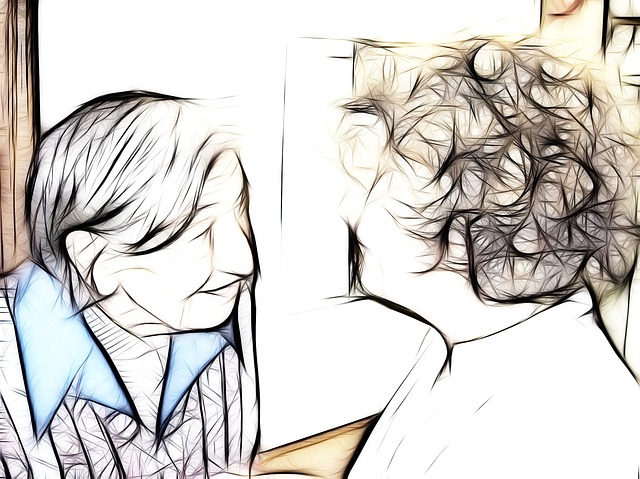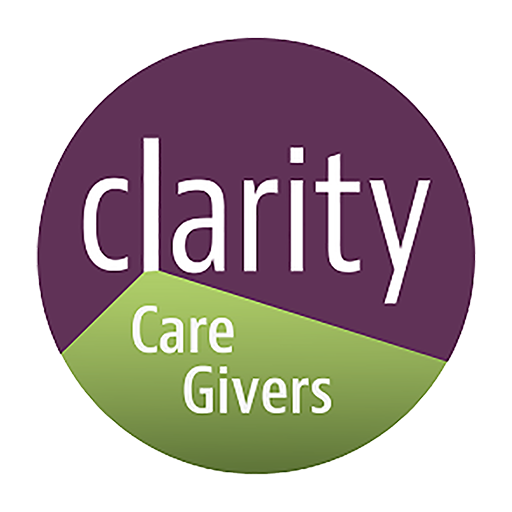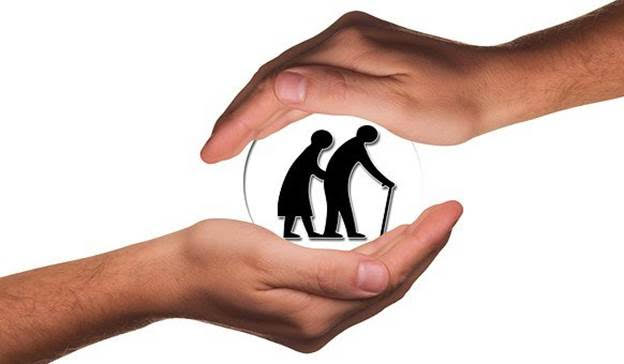By Jane A Malkoff MSN RN NP
Indiana is in alignment with the U.S. statistics on caregiver numbers. Twenty-five percent of adults surveyed in Indiana reported being a caregiver. Twenty-five percent of adults surveyed nationally reported providing care to a person with a long-term illness or disability. These percentages give relevance if not urgency to addressing the “who.” Understanding the “who” will certainly allow for a more informed community which could then more fully address the needs of this common yet extremely vital role in our culture.
Caregivers are often a relative or a friend of someone in need of assistance with everyday tasks such as bathing, dressing, toileting, housework, errands, meals, etc. The assistance is often needed on a regular basis due to a physical or cognitive challenge faced by the care receiver. It is estimated the value of unpaid family caregivers is greater than $450 million annually in the U.S.
According to the National Alliance for Caregiving, “Family caregivers come in all variations and circumstances—from the grandson helping his grandmother out by cutting the grass and driving her to the store a couple hours a week; to the mother helping her adult son 10 hours a week with various activities due to his post-traumatic stress disorder; to the adult daughter caring for her mother with Alzheimer’s; to the wife caring for her husband around the clock to deal with his stroke, diabetes, and wound care. However, the National Alliance points out the typical care giver is female caring for a female relative with a long-term physical condition. On average this female caregiver helps her relative 20 hours per week or more, works a full-time job, has no ancillary paid help to support the care needs of her loved one, has children to care for, and an average household income of $55,000.
Caregivers can also be more formal in nature and accessed through adult day care programs, licensed caregiving agencies, independent contractors, or care facilities. These caregivers are often paid for privately. In Indiana, the average hourly rate for a formal caregiver is $26/hour. These caregiver services may also be paid for through a Veteran’s benefit, a Medicaid benefit, or a long-term care insurance policy benefit.
Caregivers are those who are interacting regularly in the fragmented health care system, learning quickly how to be an advocate, budgeting resources, and filtering the plethora of options in front of them. Their experiences are valuable and could easily serve as a guide to others in the same position and as a light to guide the path for improving care and services.
Finally, caregivers are those who experience a specific, unique, and profound type of stress. Caregivers experience an elevated level of unpredictability and lack of control over many situations they are accountable to manage well. Consistency in day to day life is often lost which makes planning for personal time, physical activity, meals, and sleep much more difficult.
Caring for the caregiver is a priority.




